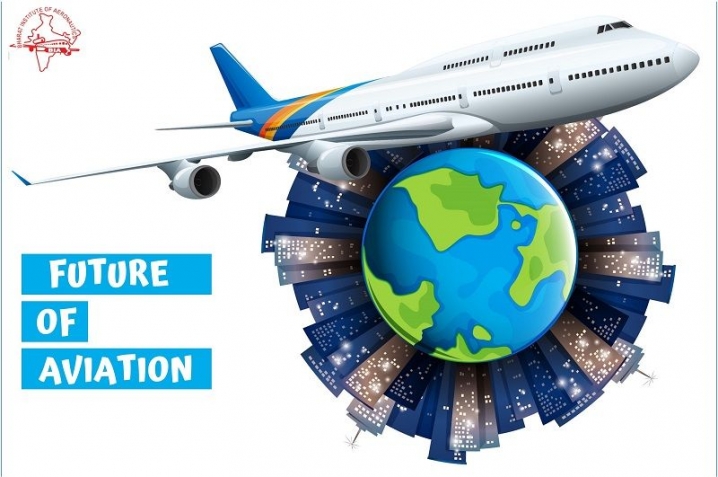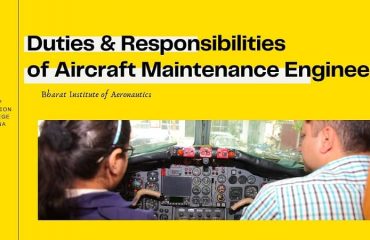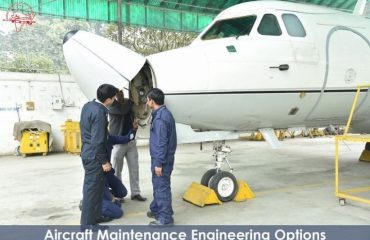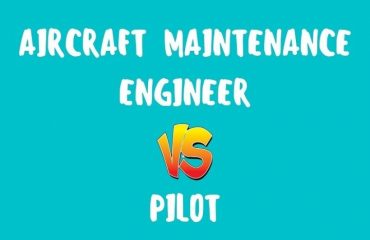This blog deals with the future of aviation industry in next 10 years and its challenges.
India’s aviation industry is in its Golden Age. It is the world’s fastest-growing aviation market and is set to achieve new heights in the next 10 years. In terms of domestic tickets sold, India is the 3rd largest aviation market in the world.
Over the course of the next 10 years, the global commercial aircraft fleet is expected to double. This is driven by increased air travel due to the expanding middle class in emerging economies.
Following the current Airline Industry Trends, new aircraft and airports are emerging as a result of changing customer demand.
Future Prospects of Aviation Sector
What will define the future of the aviation industry in the next 10 years?
In today’s world, mobility by water, road and, the air is all about efficiencies, speed, interconnectivity and, accessibility by all.
However, only aviation provides rapid economic growth, transportation network, and, facilitating international trade and tourism.
It has enabled global business and is now being recognized by the international community as an essential enabler to achieve UN sustainable goals.
The most recent estimates suggest that its demand will increase by an average of 4.3%p.a. over the next 10 years.
Thus, the above estimates conclude that the Future of Aviation Industry in next 10 years is a bright one and will continue to grow in the upcoming years.
Aviation Industry Challenges
The predicted increase in aircraft leads to an increase in infrastructure and services. With this more pilot and cabin, crews are also required to manage the increase in demand.
Apart from that, the Aviation Industry also faces some challenges that include:
- Air traffic control: Aviation is multi-faceted, but all are extremely safety-focused. The main challenge of the aviation industry is to control air traffic. Thus, the air traffic controller is being appointed to do this job and to ensure the safety of the passengers.
- Baggage handling: The packing of the containers and carts is one of the most labour-intensive aspects of the baggage handling process. The projected growth in the sector also means more baggage being handled and airports are looking for technology to enable them to do this.
- Monitoring technology: Monitoring technology such as videos and microphones, to enforce a particular intensity of work, is starting to change the working environment in most aviation sectors. Technology improves efficiency, which reduces costs and in turn improves the passenger experience. However, the challenge is they don’t know which technologies to prioritize that remains a problem and comes with inherent risks.
- Maintenance: In order to ensure the safety of the passenger’s Aircraft Maintenance Engineers are required to check and maintain the aircraft. They are highly skilled professionals responsible for the safety and maintenance of aircraft. So it is important to recruit the right one.
In order to fulfil the requirement of the sector by providing skilful students many colleges are now being established in India providing Aircraft Maintenance Course.
These Aviation Industry Challenges, if tackled commendably, will lead to an optimistic future of the aviation industry in the next 10 years.
Political Factors Affecting the Airline Industry
The Global Aviation Industry is widely impacted by restrictions and regulations related to tax policy, international trade, and competition.
Other political factors affecting airlines industry are war, terrorism and the outbreak of diseases such as coronavirus which is currently spread in China.
Political tensions like the current conflict between the USA and Iran also create a negative impact affecting the airline’s industry globally.
Future of Aviation Industry in India
Most people in India are still not using aircraft for travelling purpose because of the high ticket fare and proximity of the airport.
Therefore, the Indian government is planning to invest US$ 1.83 billion for the development of a new airport and aircraft. So that every Indian can easily access the aircraft at an affordable price thus contributing to a perky future of aviation industry in the next 10 years.
As per the studies in 2018, there were nearly 620 aircraft being operated in India while the number is expected to grow to 1,100 planes by 2030.
Source- https://www.ibef.org/industry/indian-aviation.aspx
Conclusion
Aviation has always been a booming sector. The rise in the working group and middle-class demography have positively impacted this industry. That is why many airports are being made and expanding.
Not only infrastructures but the aviation industry have also created a huge job in this field. Demand for pilots, cabin crew, Aircraft Maintenance Engineers have constantly increased. Many students are now switching from mainstream careers and contributing to this field.
This can be proved by the fact that many Aircraft Maintenance Engineering Colleges are now being established in India. It is because there is a huge demand for AME engineers in this field to ensure the safety of the passengers.
Bharat Institutes of Aeronautics, Patna is one of the pioneer institutes in the AME field. Approved by the Directorate General of Civil Aviation (DGCA). It is one of the top aircraft maintenance engineering colleges in India providing an AME course in the IIA group.
Click Aircraft Maintenance Engineering Course Details to know more about this course.
Further, stay tuned for more blogs……





